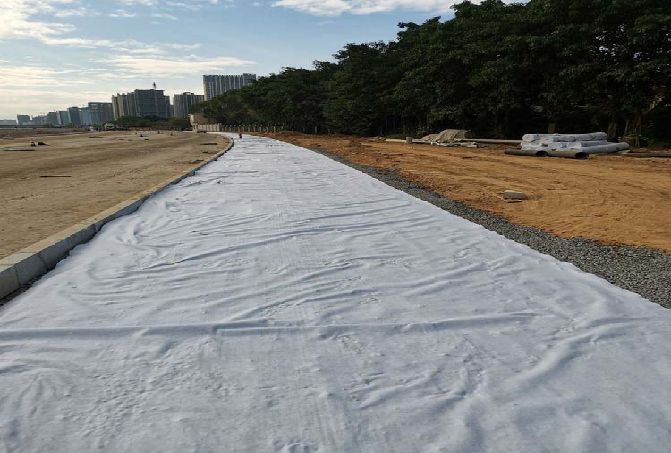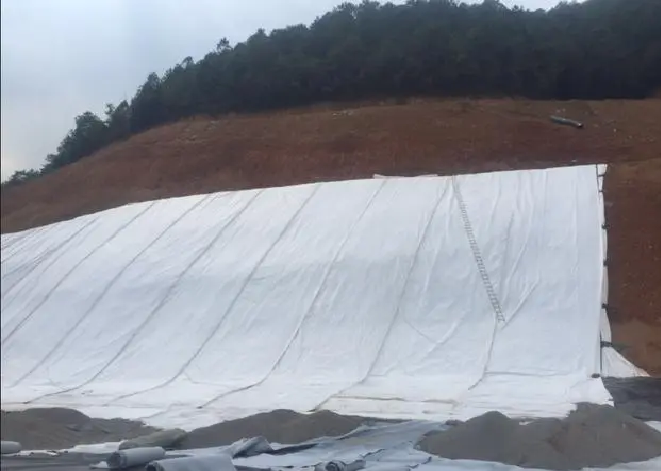Non-Woven Geotextile Fabric in Modern Geosynthetics Applications
Non-woven geotextile fabric is a vital component in today’s geosynthetics industry, playing a key role in construction, infrastructure, and environmental projects worldwide. As the demand for sustainable and efficient engineering solutions grows, non-woven geotextile fabric continues to stand out due to its versatility, durability, and cost-effectiveness.
What is Non-Woven Geotextile Fabric and How is it Made?

Non-woven geotextile fabric is a synthetic material manufactured using polymer fibers such as polypropylene or polyester. These fibers are bonded together through mechanical needling, heat, or chemical processes rather than weaving. This results in a fabric with a felt-like consistency that offers excellent permeability and filtration properties.
Unlike woven geotextiles, non-woven types can accommodate more deformation and provide better drainage—making them suitable for a wide range of geotechnical engineering tasks, including erosion control, road stabilization, and subsurface drainage.
How is Non-Woven Geotextile Fabric Used in the Construction Industry?
In the construction sector, non-woven geotextile fabric is widely utilized for:
- Filtration: Preventing fine soil particles from clogging drainage systems.
- Separation: Maintaining the integrity of different soil layers under roads and railways.
- Drainage: Assisting water flow in retaining walls, tunnels, and subgrade systems.
- Protection: Acting as a cushion to protect geomembranes in containment systems.
According to Mordor Intelligence, the global geotextiles market reached a valuation of USD 8.2 billion in 2023 and is expected to grow to USD 12.1 billion by 2028, fueled by infrastructure expansion and environmental awareness (Source: Mordor Intelligence, 2024).

What are the Advantages of Using Non-Woven Geotextile Fabric Over Woven Types?
Non-woven geotextiles offer several engineering benefits over their woven counterparts:
- Superior permeability, enhancing their effectiveness in filtration and drainage.
- Greater adaptability to uneven or soft ground surfaces.
- Simpler installation, especially in large-scale or irregularly shaped projects.
Their flexible and robust characteristics make them a go-to material for engineers dealing with complex subsoil conditions and water-sensitive environments.
What Are the Key Trends Driving Demand for Non-Woven Geotextile Fabric?
Several macro trends are fueling the rising demand for non-woven geotextile fabric:
- Sustainable infrastructure development: Governments are investing heavily in green building practices, where geosynthetics reduce material usage and environmental disruption.
- Climate resilience: Increasing frequency of floods and soil erosion events has driven demand for erosion control and drainage systems using geotextiles.
- Urban expansion: Rapid urbanization in Asia-Pacific and Africa is accelerating the need for roadways, drainage systems, and stable foundations.
According to Grand View Research, the non-woven geotextile segment is forecasted to grow at a CAGR of 7.1% from 2024 to 2030, making it the fastest-growing segment in the geosynthetics market (Source: Grand View Research, 2024).
In summary, non-woven geotextile fabric is an essential element in modern civil and environmental engineering. As global infrastructure demands evolve, so does the need for high-performance materials that offer long-term functionality, cost-efficiency, and environmental benefit.
Comments
Post a Comment